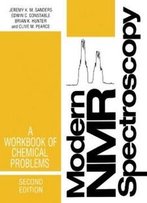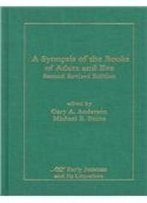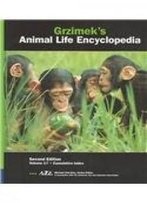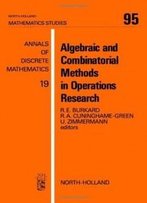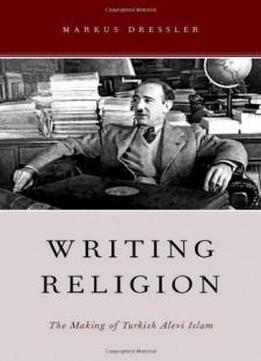
Writing Religion: The Making Of Turkish Alevi Islam (aar Reflection And Theory In The Study Of Religion)
by Markus Dressler /
2013 / English / PDF
1.3 MB Download
In the late 1980s, the Alevis, at that time thought to be largely
assimilated into the secular Turkish mainstream, began to assert
their difference as they never had before. The question of
Alevism's origins and its relation to Islam and to Turkish culture
became a highly contested issue. According to the dominant
understanding, Alevism is part of the Islamic tradition, although
located on its margins. It is further assumed that Alevism is
intrinsically related to Anatolian and Turkish culture, carrying an
ancient Turkish heritage, leading back into pre-Islamic Central
Asian Turkish pasts.
In the late 1980s, the Alevis, at that time thought to be largely
assimilated into the secular Turkish mainstream, began to assert
their difference as they never had before. The question of
Alevism's origins and its relation to Islam and to Turkish culture
became a highly contested issue. According to the dominant
understanding, Alevism is part of the Islamic tradition, although
located on its margins. It is further assumed that Alevism is
intrinsically related to Anatolian and Turkish culture, carrying an
ancient Turkish heritage, leading back into pre-Islamic Central
Asian Turkish pasts.
Dressler argues that this knowledge about the Alevis-their
demarcation as "heterodox" but Muslim and their status as carriers
of Turkish culture-is in fact of rather recent origins. It was
formulated within the complex historical dynamics of the late
Ottoman Empire and the first years of the Turkish Republic in the
context of Turkish nation-building and its goal of ethno-religious
homogeneity.
Dressler argues that this knowledge about the Alevis-their
demarcation as "heterodox" but Muslim and their status as carriers
of Turkish culture-is in fact of rather recent origins. It was
formulated within the complex historical dynamics of the late
Ottoman Empire and the first years of the Turkish Republic in the
context of Turkish nation-building and its goal of ethno-religious
homogeneity.
